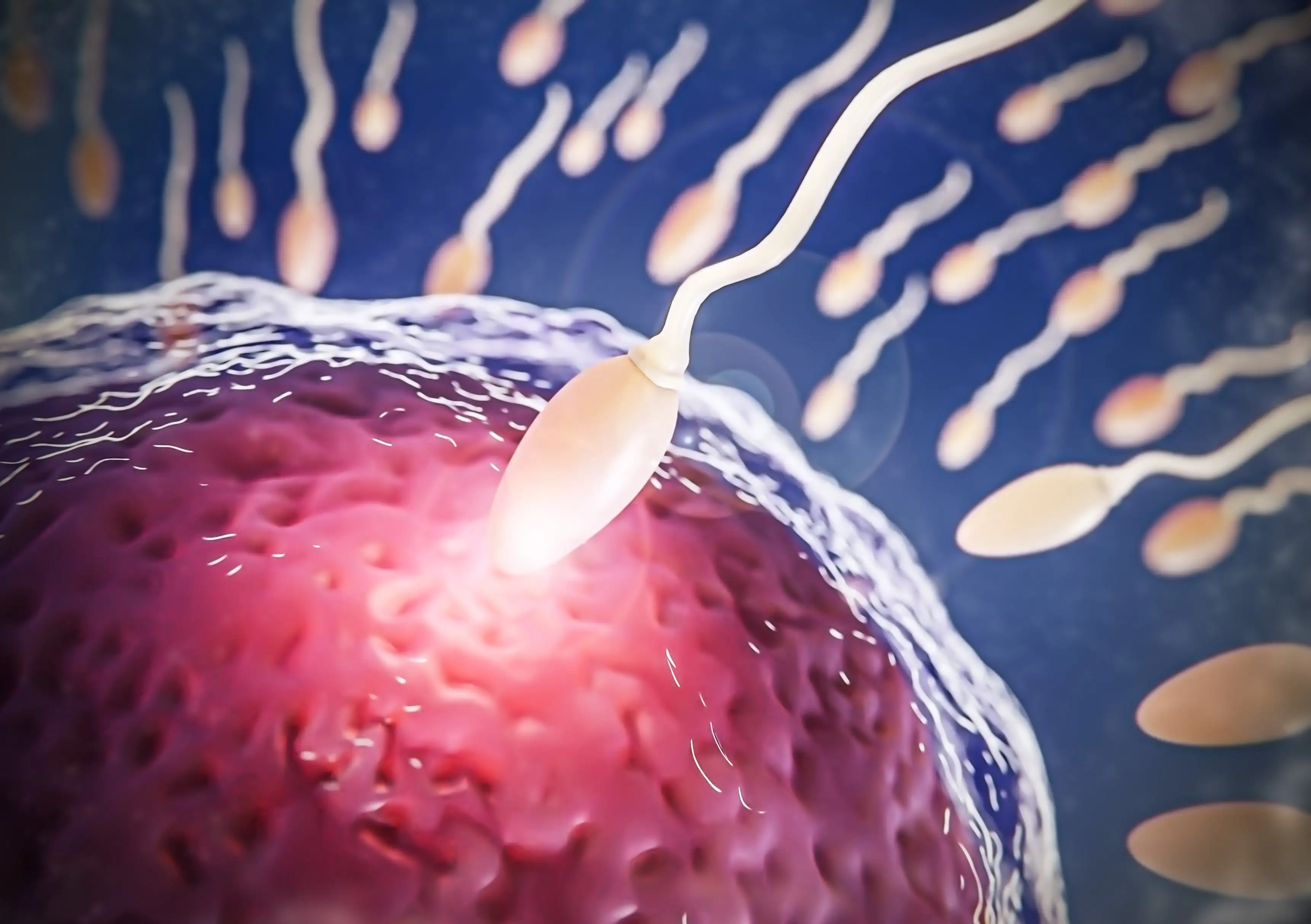In-Vitro Fertilization (IVF)
What is IVF?

Historical Milestones
Infertility Prevalence
Fertility Specialists
IVF Process and Stages

Ovarian Stimulation
Egg Retrieval
Fertilization and Embryo Development
Embryo Transfer
Luteal Phase Support
Human chorionic gonadotropin (hCG) can also be administered for this purpose but an increased risk of ovarian hyper-stimulation syndrome (OHSS) is associated with it therefore, progesterone is preferred. It supports the endometrium lining hence, giving a nurturing environment for embryo development and healthy pregnancy.
Medications and Protocols
Follicle Stimulating Hormone (FSH):
Primarily, FSH is used to produce more than one egg in a single menstrual cycle. the reaction of each patient to this hormone may vary. In some, it can result in ovarian hyper-stimulation syndrome, while in others it may not have enough eggs. Therefore, an individual’s response to FSH is monitored through blood tests and ultrasounds. It can also be used with LH or hCG for ovulation or maturation of eggs. The FSH administered for ovarian stimulation can also play a role in the preparation of the endometrium lining.Luteinizing Hormone (LH):
In IVF, LH hormone is administered for the final maturation and release of eggs from the ovaries. While in a natural cycle, LH triggers ovulation but in IVF, a natural surge of LH is suppressed from doing so to prevent premature ovulation. Hence, an artificial surge of LH hormone is administered when eggs are ready for retrieval.Anti-Mullerian Hormone (AMH):
This hormone plays a vital role in the planning stages of IVF treatment as it gives insights into the woman’s ovarian reserve. Moreover, AMH levels help in predicting how the patient’s body will respond to fertility drugs. Thus, each patient’s IVF protocol is made keeping his needs in view.Progesterone and Estrogen Hormones:
Estrogen and Progesterone hormones are administered in IVF, as the former aids in follicular development and in preparation of endometrium lining while the latter supports in preparation of endometrium lining and maintaining early pregnancy. The administration of these hormones is closely monitored to increase the chances of a successful pregnancy. Furthermore, they aid in the prevention of premature ovulation while progesterone also plays a vital role in luteal phase support.Human Chorionic Gonadotropin:
Human Chorionic Gonadotropin play several roles in IVF treatment. It aids in the final maturation of eggs, the luteal phase, and the potential risk of ovarian hyper-stimulation syndrome (OHSS). It mimics luteinizing hormone for the maturation of eggs and ovulation. hCG can cause OHSS therefore, patients who are at a higher risk of developing it are given other alternatives instead of hCG.
Who Benefits from IVF?
Male
- Poor sperm morphology/motility
- Low sperm count i.e., azoospermia
- Ejaculation disorders
- Varicocele
- Obesity
- Stress
- Exposure to toxins
Female
- Blocked fallopian tubes
- Endometriosis
- Low ovarian reserve
- Hormonal Imbalance
- Uterine fibroids
- Age
- Premature ovarian failure
Age and IVF
Age plays a vital role in the success of In Vitro Fertilization (IVF). While male age also impacts IVF to some extent, female age is an imperative factor in its success. This is because fertility in women decreases with the increase in age. The quality and quantity of eggs in women over the age of 35 starts to decrease hence, the success rate of IVF is higher in women under 35 years of age as compared to women over 35 years of age.

IVF Success Factors
Age plays an essential role in the success of IVF. Increased maternal age has adverse effects on IVF treatment results. Data suggests that there is a 40% chance of successful IVF treatment in women under the age of 35 years, approximately 30% chance of success in women aged 35-37 years while the chances decrease to 16% in women above 37 years of age. It happens because with age the woman’s ovarian reserve diminishes.

Previous Treatments
Previous fertility treatments also have an impact on the success of In Vitro Fertilization (IVF). For instance, if a couple has previously undergone IUI, Clomid, etc., to treat infertility but failed then it means they might need to undergo IVF which will potentially increase the chance of success. If either partner has undergone treatment for a specific underlying cause of infertility.

Lifestyle and Health
Couples desiring to undergo IVF must be aware of how their lifestyle choices can influence IVF outcomes. A healthy lifestyle and diet can help in achieving successful results while exposure to environmental toxins, high-stress levels, consumption of drugs, alcohol, smoking, and poor eating habits can adversely impact your IVF journey. Consuming a balanced diet and regular exercise can impact your IVF journey positively.

Risks and Complications
- Ectopic Pregnancy can happen if the embryo implants itself outside the uterus. The risk of ectopic pregnancy can be alleviated by regular monitoring and early detection.
- There is a risk of birth defects in babies born through IVF but it is rare.
- Multiple pregnancies can happen in IVF which can have serious impacts upon the health of mother and child. To reduce the risk of multiple pregnancies, specialists usually go for single embryo transfer.
- Other potential risks and complications of IVF include Ovarian Hyper-stimulation Syndrome (OHSS), mood swings, hot flashes, bleeding, infections, cramps, bloating, nausea, etc. They take place as a reaction to medical procedures or medicines given during IVF.
Ethical Considerations
Financial Considerations
Alternative Options
Choosing the Right IVF Center
Experienced Team
Success Rates

Facility and Equipment
FAQ's
What is IVF treatment?
What is IVF treatment for pregnancy?
How many days are required for IVF treatment?
How many injections for IVF treatment?
Is IVF treatment painful?
What happens during IVF treatment?
What is the cost of IVF treatment in Pakistan?
Is IVF treatment allowed in Islam?
What precautions to be taken during IVF treatment?
Can gender be desired in IVF treatment?
Do periods become irregular if you conceive through IVF treatment?
Success Stories
Learn more from 15000s+ of our patient’s exciting success stories who received treatment at Australian Concept Lahore and realized the dream of becoming a parent with the blessings of Allah.
ICSI Positive Patient After 16 Years of Sub-fertility at Australian Concept Infertility Medical Center
ICSI Positive Patient After 13 Years of Sub-fertility at Australian Concept Infertility Medical Center
PGD Positive Patient After 16 Years of Sub-fertility at Australian Concept Infertility Medical Center
ICSI Positive Patient After 15 Years of Sub-fertility at Australian Concept Infertility Medical Center
Positive Patient After 15 Years of Sub-fertility at Australian Concept Infertility Medical Center
ICSI Positive Patient After 15 Years of Sub-fertility at Australian Concept Infertility Medical Center
Before you start your family. Come Visit Ours
